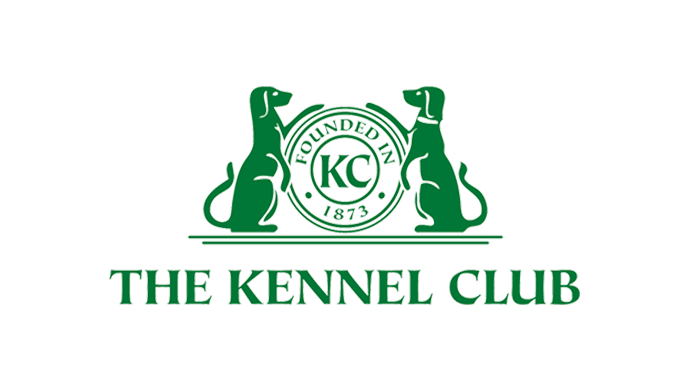The Kennel Club Standard
The Kennel Club
The official kennel club of the United Kingdom. It is the oldest recognised kennel club in the world. A non-member partner with the FCI.


General appearance
Medium size, balanced, well muscled and agile, with erect ears and a curled or sickle tail.
Characteristics
Keen expression, showing strength and alertness, yet dignified. Originally used for hunting and guarding.
Temperament
Spirited, brave, with strong hunting instinct. Loyal to their owner.
Head and skull
Of medium size and in proportion to the body. When viewed from above, head forms a blunt triangle without coarseness. Free of wrinkle. Definite stop, which should not be abrupt, and a slight furrow extending over the forehead. Cheeks moderately developed but without loose skin. Muzzle straight, of moderate depth. Ratio of nose to stop and stop to occiput is 2 to 3. Lips tight and black. In white dogs, flesh colour is permissible on nose and lips.
Eyes
Relatively small, almond shaped, obliquely set and placed well apart. Dark brown, clear and bright.
Ears
Medium size, triangular in shape, thick and perfectly erect. Set neither high nor low, inclining slightly forward in line with the back of the neck.
Mouth
Jaws strong with a perfect, regular and complete scissor bite, i.e. upper teeth closely overlapping lower teeth and set square to the jaws.
Neck
Slightly arched, medium length, thick and muscular, without dewlap.
Forequarters
Shoulders strong, powerful, moderately laid back. Elbows set close to the body. Forelegs straight and parallel when viewed from the front. Pasterns slightly sloping.
Body
Slightly longer, measured from point of shoulder to point of buttock, than height at withers. Level back, ribs well sprung with well-developed brisket. Firmly muscled loin. Moderate tuck up.
Hindquarters
Strong and muscular, well-developed thighs with moderate turn of stifle. Hocks strong and well let down, but with only moderate angulation, turning neither in nor out.
Feet
Cat like, very tight. Pads thick and well cushioned, turning neither in nor out. Nails strong, preferably black.
Tail
In balance with the body. Set on high, thick and carried curled or curved as a sickle. Profusely feathered.
Gait/movement
Resilient and vigorous with strides of moderate length. At the trot, the back remains firm and level. Head carried high, but as pace increases the head is sometimes carried lower, almost at the level of the shoulders.
Coat
Outer coat coarse, straight and standing off the body with soft, dense undercoat. Coat at neck, withers and rump slightly longer than on the rest of the body. Hair on tail and thighs more profuse.
Colour
Red in various shades from deepest red to pale fawn; may have fainter markings on muzzle, cheeks, chest, belly and back.
White: may have gold tinges on ears and legs.
Black and tan: tan markings restricted to spot over each eye, cheeks, inside of ears, legs and tail.
Black
Wolf grey
Brindle
Any other colour or combination of colours unacceptable.
Size
Dogs 48-53 cms (19-20¾ ins). Ideally 51 cms (20 ins).
Bitches 46-51 cms (18-20 ins). Ideally 48 cms (19 ins).
Faults
Any departure from the foregoing points should be considered a fault and the seriousness with which the fault should be regarded should be in exact proportion to its degree and its effect upon the health and welfare of the dog and on the dog’s ability to perform its traditional work.
Note
Male animals should have two apparently normal testicles fully descended into the scrotum.
*Note for prospective puppy buyers
Size – The Kennel Club breed standard is a guide and description of the ideal for the breed; the size as described does not imply that a dog will match the measurements given (height or weight). A dog might be larger or smaller than the size measurements stated in the breed standard.